Openforce, the top platform for managing contracts between companies and 1099 independent contractors, launched its new Vendor Portal. This portal uses artificial intelligence. This launch changes how B2B technology affects interactions and workflow management. It impacts contracting firms, vendor networks, and independent contractors.
What’s New: The Vendor Portal Unpacked
The new Vendor Portal is a simple, unified interface. It helps both IC vendors and contracting companies. Key capabilities include:
-
A central hub for vendors to check their settlements, compliance info, client contracts, and onboarding status in real time.
-
A simpler onboarding process helps both contractors and companies. It also improves visibility into key documents and enrollment statuses. This reduces friction throughout the process.
-
Tools that help contracting companies:
-
Onboard quickly
-
Cut support requests
-
Boost network engagement
-
-
The portal is built to support future AI-driven innovations in the Openforce ecosystem. So, it serves as a strategic platform, not just a user interface.
“Independent contractors are the backbone of many industries, and the tools they use should support them every step of the way,” said Wendy Greenland, CEO at Openforce. “The Vendor Portal is designed to make their workday easier, with everything they need at their fingertips. At the same time, it gives contracting companies better visibility, faster onboarding, and a more engaged, productive contractor network.”
“Our engineering team focused on creating an experience that is intuitive, reliable, and scalable,” said Jared Allen, CTO at Openforce. “Vendors can navigate the portal quickly, track their progress in real time, and manage their work with greater control. Contracting companies see the benefits immediately with faster access to ready-to-work contractors and reduced administrative effort.”
Impact on the B2B Tech Industry
For the broader B2B technology industry, the launch of an AI-powered vendor portal by Openforce signals several important shifts:
Enhanced Network Automation
Vendor portals are no longer mere dashboards-they’re becoming AI-infused platforms that orchestrate onboarding, compliance, settlement and engagement workflows. This elevate vendor-management from manual spreadsheets and portals to intelligent, proactive systems.
Also Read: MNTN Unveils “QuickFrame AI”: Studio-Quality Ads for Every Brand
Data-Driven Insights
With real-time visibility into contractor status, settlement flows and compliance metrics, businesses gain actionable insights across extended networks. This drives operational efficiency, reduces risk and supports scale. The B2B tech industry increasingly expects such insights and automation across supplier/vendor systems.
Vendor Experience as a Differentiator
In the contractor/IC space, vendor experience now matters as much as customer experience. A smoother, faster, more transparent portal enhances contractor engagement, reduces churn and strengthens the supply-base. B2B tech platforms positioned around networks and marketplaces will increasingly use vendor experience as a competitive edge.
Platform-Based Business Models
Openforce’s new portal is clearly part of a broader strategy to build platform capabilities—embedding AI, building modular vendor tools and providing value-added services. For the B2B tech industry, this underscores the shift towards software ecosystems, marketplaces and networked vendor-communities, rather than standalone point-solutions.
Effects on Businesses Operating in the Vendor Network Ecosystem
For businesses that rely on contractor networks, vendor management platforms or extended-workforce models, Openforce’s launch has real operational and strategic implications:
Operational Gains
-
Faster Onboarding & Less Friction: This portal lets businesses onboard contractors quickly. So, they can be productive sooner.
-
Better Compliance & Visibility: Companies can track documents, enrollment, and settlement flow in real-time. This cuts down risks associated with indirect workforce models.
-
Lower Administrative Overhead: Better self-service, transparency, and automation cut labor costs. This helps teams focus on strategic goals.
Strategic Benefits
-
Better Contractor Engagement & Retention: Streamlined workflows boost contractor satisfaction. This leads to lower vendor turnover and stronger talent pools.
-
Scaling Vendor Networks with Confidence: Fast-growing companies, especially in gig work or delivery, need solid support. AI-powered vendor-management platforms offer a solid, scalable foundation.
-
Network Intelligence & Competitive Edge: Platforms that use vendor-network data, such as onboarding metrics and settlement trends, can gain valuable predictive insights. This helps them improve their business models.
Considerations & Challenges
Change Management: To implement a new portal, we need user training, workflow migration, and system alignment. So, effective change management is key.
Data Governance & Security: As more vendor data appears on these platforms, firms need to protect that data. They must ensure vendor privacy and improve audit capabilities.
Ecosystem Alignment: Companies must align their internal processes with new vendor workflows. They should also integrate analytics into their larger operational systems.
Looking Ahead: Key Moves for B2B Tech Firms
To gain from this development, B2B technology firms and buyer organisations should consider:
Optimize Vendor-Management Tech Stack: Replace current contractor and vendor workflows with AI-powered portals. This change will save time, improve visibility, and enhance the overall experience.
Unlock Data & Analytics from the Vendor Ecosystem:
-
Gather data from vendor onboarding, settlements, compliance, and performance.
-
Use this information to drive smart decisions.
Craft Vendor UX: Focus on simplicity, self-service, and transparency. This approach will help make vendor experiences better and boost business success.
Adopt a Platform-Economy Mindset: Move from simple vendor relationships to platform tools. These tools provide network insights, flexibility, and more services.
Conclusion
Openforce’s AI-powered Vendor Portal marks an important step in B2B technology. It focuses on improving extended-workforce and vendor-network management. Openforce improves onboarding speed, offers instant visibility, and enhances the contractor experience. For businesses in vendor ecosystems, scaling up is crucial. Staying compliant and engaging contractors effectively is now a key advantage, not just support.
In the B2B tech world, one thing is clear: vendor-management platforms aren’t just back-office tools anymore. They’re a vital part of business strategy. Companies that invest in smart, user-friendly vendor portals will succeed. These data-driven tools help them thrive in connected, scalable business models.
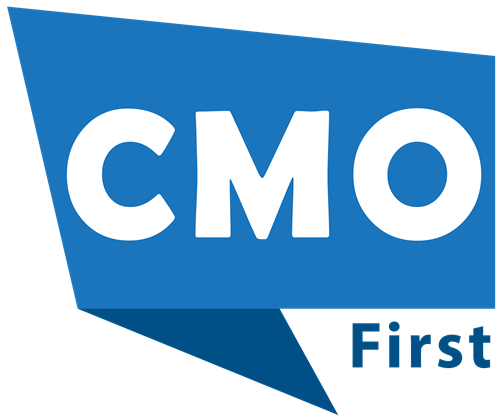










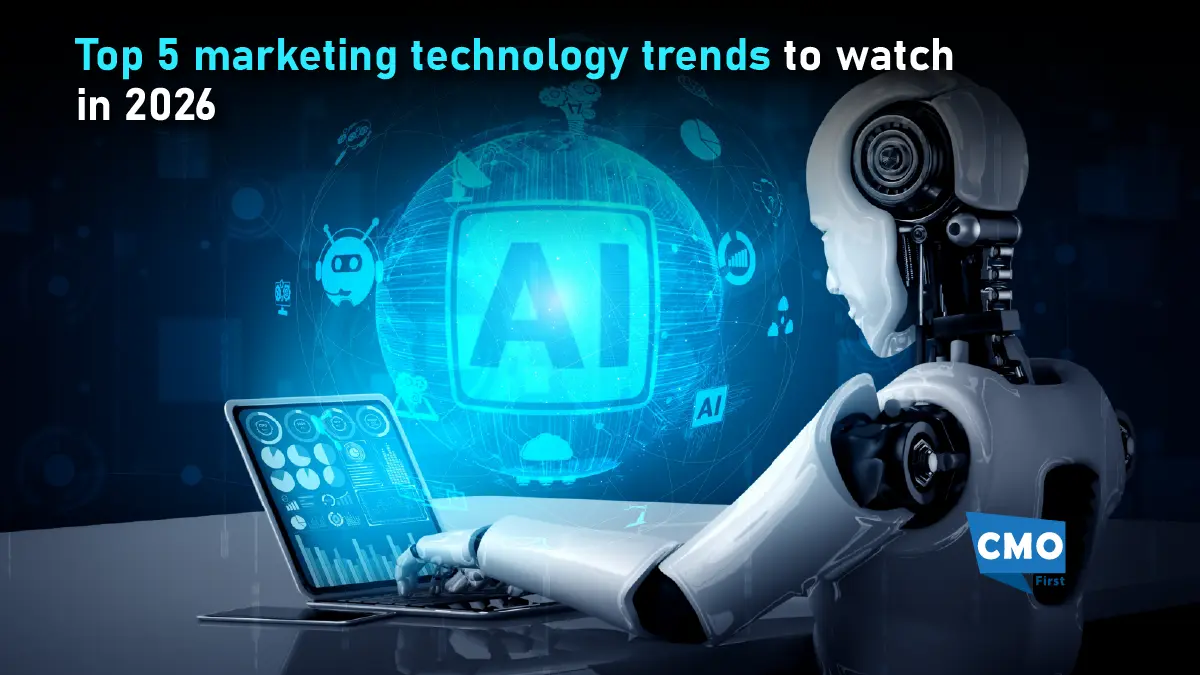
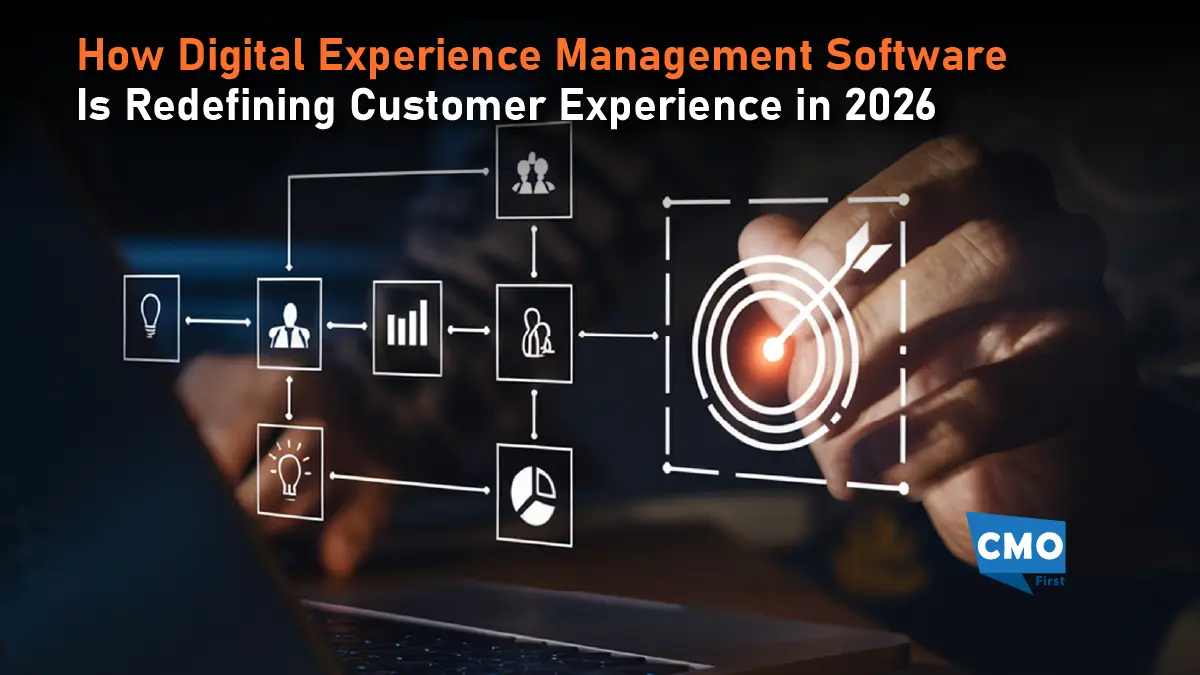



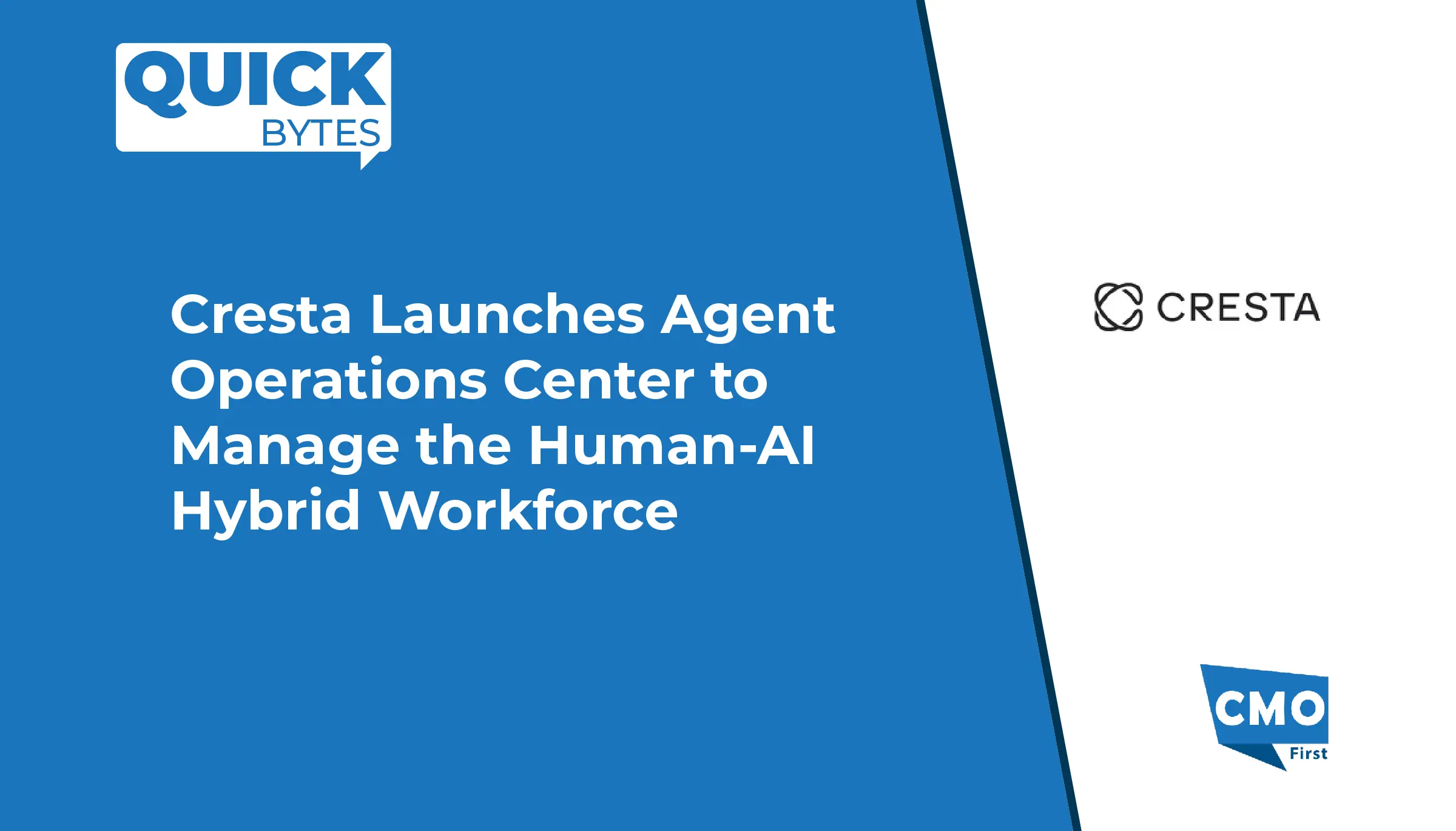
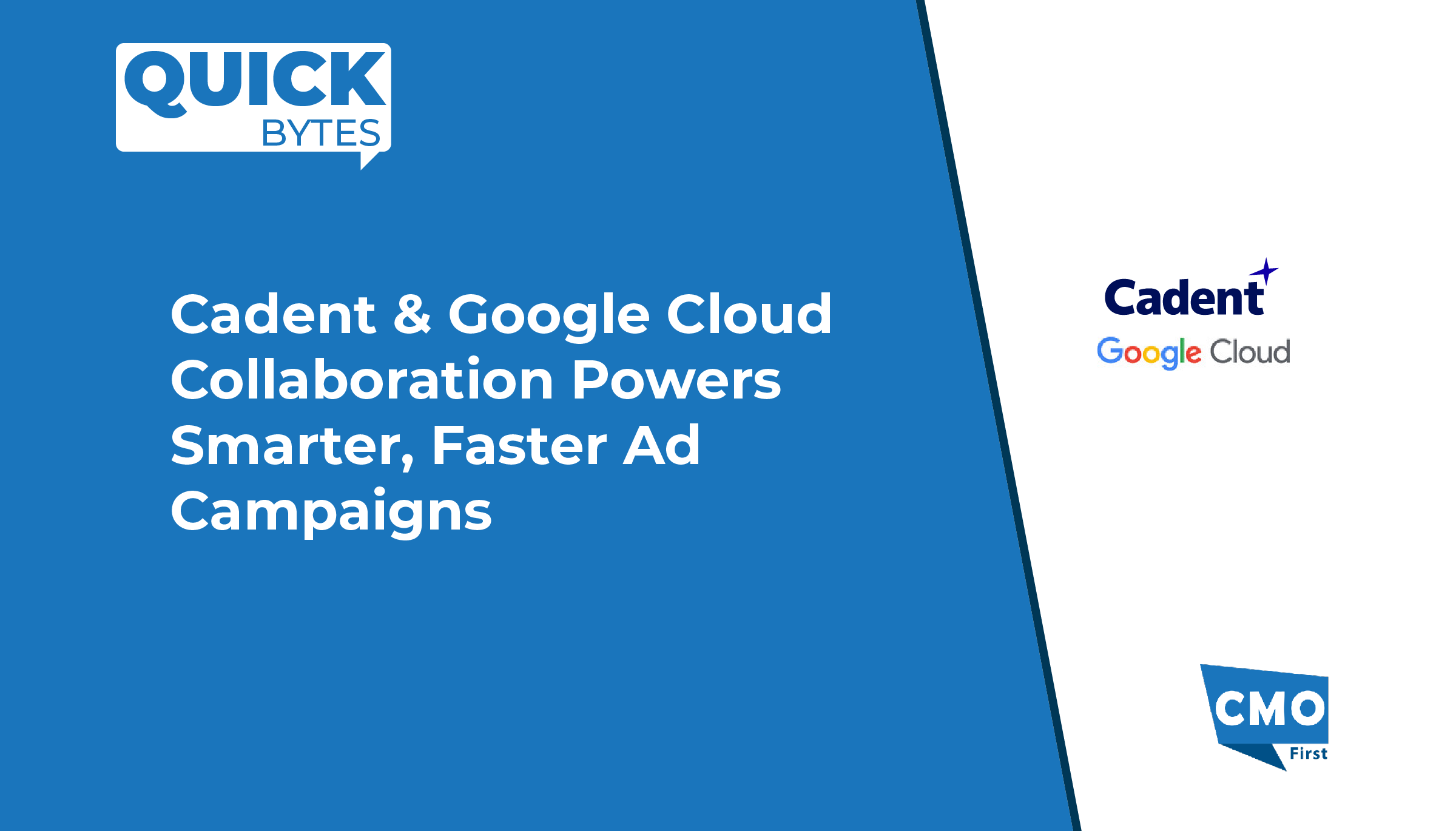





Leave a Reply